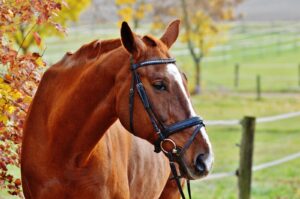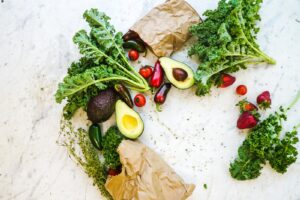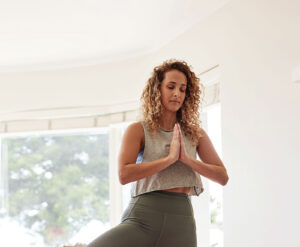My husband, Doug, is a natural athlete.
Doug was successful in both baseball and football when he was in middle and high school. As a young adult, in his late teens and twenties, he became an amateur boxer. Later on he took up karate and tennis. He also became a scuba diver for the Augusta Rescue Dive Team. But his favorite sport is golf. Doug continues to play on several amateur golf leagues.
I, on the other hand, am a lifetime klutz.
In elementary school I was the last one picked for teams when we played kickball. When I was 10, I swam on the local summer swim team. The highlight of my season was when I came in third in a race and got a ribbon. Only later I discovered there were only three girls in the race. I tried both tennis and golf when I was in high school and college and was bad at both. After I was out of school, the only time I exercised was when I wanted to lose weight. I would go to a gym for a while, lose a few pounds, and promptly quit. When Doug and I started dating I tried golf again, but after a while it was clear I was still awful, so I quit.
The Blue Zones and Exercise
The Blue Zones are five areas in the world that have some of the highest concentrations of centenarians. One of the lifestyle attributes they share is moving naturally. They almost all walk a lot over the course of their lives, even into their 90s. Elderly Okinawans garden and perform tai chi. Sardinians walk in the mountainous region and continue to maintain their olive groves. Exercise is one of the key faith tenets of the Seventh Day Adventists in Loma Linda.
Health Benefits to Exercise
There are many positive health benefits to regular exercise. Physical activity makes us feel good. People who exercise moderately are 30% less likely to have a depressive episode. Exercise lowers your stroke risk. For those who have had a stroke, regular exercise improves both physical and cognitive functioning. Regular exercise lowers your risk for many other diseases as well. One study found that the risk of dying from heart disease was six times higher for sedentary people than for people who exercise daily. The ideal routine for health and longevity seems to be 30 to 60 minutes of low to moderate intensity exercise five days per week.
If you are convinced, like I was, that you need to exercise on a regular basis, here are some tips to help you start and maintain this habit.
1. Start Small.
One way to start small is to park at the far end of the parking lot whenever possible. You get in additional steps and, as an added benefit, save your car from excess dings. A second tactic at work — if you need to ask someone a question, walk to his desk instead of calling him on the phone. My husband uses this tactic all of the time. Take the stairs instead of an elevator when at all possible. If you are really out of shape, just take the down stairs at first. This will increase your aerobic capacity and add to your steps.
2. Put Exercise on Your Schedule and Make it a Priority
If something is in my schedule, the likelihood that I will do it increases exponentially. Put specific exercise times in your calendar at the beginning of each week. When I was working full-time, I scheduled either walking or going to the gym every day during lunchtime. Sometimes these had to be cancelled, but having this on my calendar increased the likelihood I would have at least two or three exercise sessions per week.
Although I am no longer working full-time, I still schedule my gym sessions. I put the classes I normally go to in my written planner. When I have to schedule other appointments, I avoid my exercise session times if at all possible. By using this one tactic, I have been successful in exercising five or six days per week for the past year and a half.
3. Choose Exercises You Are Excited About
I am still not an athlete, but I have found several types of exercises that I really enjoy. I began taking Pilates about 18 months ago and loved the sense of calm I got. Pilates involves rhythmic breathing, so my lifetime of experience as a singer made this aspect intuitive to me. After my husband and I began going to Village Fitness last fall, I started attending barre classes as well as cardio-boxing, C3 Dance, and RIP. Music is an important element in each of these classes. Moving to the beat of the music enables me to exercise much harder and with lots of joy. These forms of exercise are much more exciting to me than simply lifting weights in a gym.
My husband enjoys the camaraderie and push he gets from the fitness and strength classes. Other people I know enjoy pickleball or tennis several times per week. Still others have started running and competing in 5K or 10K races. It really does not matter what exercise you start with as long as it is one that you enjoy.
If you want to live a longer and healthier life, I encourage you to try out the tips in this article to start or increase your exercise routine.
























